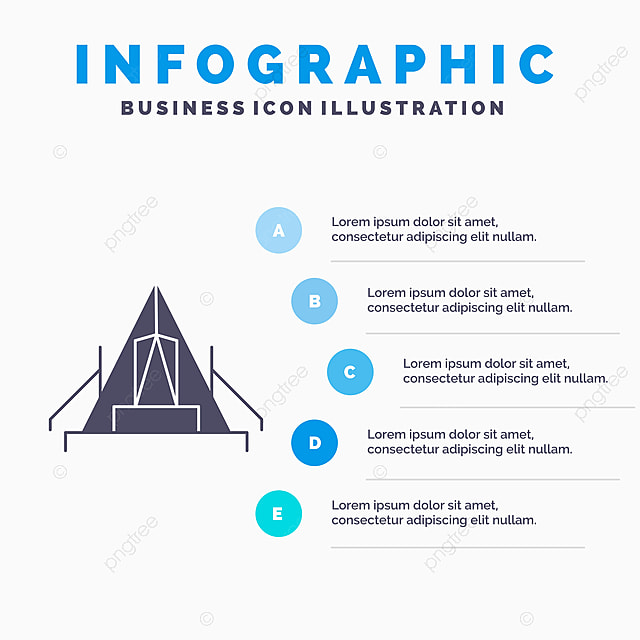Bell outdoors tents are coming to be progressively prominent as functional, stylish shelters for camping and glamping. However what's the history behind this enduring design?
Are canvas tents worth the money?
Henry Hopkins Sibley patented the single-pole conical camping tent that we understand as a bell outdoor tents. However, he defected to the Confederacy and never got his nobilities.
Inevitably, somebody else added short walls to the cone canopy and created what we now referred to as a bell outdoor tents.
Beginnings
The appeal of bell tents is growing, and they're now a staple at camping festivals and as trendy backyard resorts. Their large insides give an adaptable home from home setting that's perfect for families and groups of pals, while the round layout aids with security in solid winds.
The layout of the modern-day bell outdoor tents can be mapped back to army outdoors tents used by European armies during the Crimean War in 1853-1856. Then, in America, a soldier called Henry Hopkins Sibley patented a similar structure that drew motivation from American Tipis.
Both styles are still being used today. Nevertheless, Sibley camping tents differ from their more recent cousins in that they have side walls and an increased larger entrance. Sibley tents also rely on a single central pole for assistance that makes them less complex to establish yet restricts arrangement alternatives.
Objective
Bell camping tents' special form and large interiors make them the optimal option for a large range of outside activities. Whether you're hosting a backyard camping party, glamping at a remote all-natural hideaway or taking place a legendary fantasy-inspired experience, the flexibility of these camping tents guarantees that your experience will be comfortable and fashionable.
The bell-shaped outdoor tents was initially patented in 1856 by Henry Hopkins Sibley, that had developed the design after observing Native American tipi outdoors tents. Nonetheless, he surrendered from the US Army at the outbreak of the Civil Battle, waiving his legal rights to future nobilities.
Since then, the style has actually come to be a staple of lots of glamping experiences. These extravagant camping tents frequently feature deluxe bed linens and en-suite shower rooms, providing campers the opportunity to appreciate nature without giving up convenience.
Design
In the modern day, bell outdoors tents have actually experienced a revival in popularity, as individuals seek a much more immersive outdoor experience. They are used in a selection of settings, including outdoor camping, glamping, and occasions. Their distinct shape, sizable insides, and fairly easy setting up make them a prominent choice for those looking for a sophisticated, historic flair to their exterior experiences.
The unique shape of a bell outdoor tents develops high ceilings and sufficient headroom, making it comfy to stand up in and move around. On top of that, the center pole is not positioned near the entryway of the tent, permitting even more privacy and room inside the shelter.
The bell tent layout traces back to an American soldier named Henry Hopkins Sibley, that was inspired by Indigenous American tipi camping tents when developing his variation of the bell camping tent in 1856. His design was a considerable improvement over typical military tents, which were hard to carry due to their challenging construction.
Products
In contemporary times, Bell Tents are crafted from premium products that are designed for durable sturdiness. This is why they are a popular option among leisure campers, festival-goers, and glampers alike.
In the 19th century, an US Military officer called Henry Hopkins Sibley adapted typical tents right into what is now called the modern bell outdoor tents. He based his design on Indigenous American Tipi structures, including short wall surfaces to the central post frame that made it a lot more stable.
Today, polycotton canvas is a typical product utilized in the building and construction of bell camping tents. This mix of cotton and polyester provides a wide range of benefits, consisting of breathability, exceptional climate resistance, and simpler maintenance than pure cotton canvas. This fabric is likewise durable and abrasion-resistant. It is thicker than a lot of nylon textiles, nevertheless, which can make it hefty and much more expensive than normal camping tents.
Contemporary
In modern day, the appeal of Bell Tents has blown up thanks to glamping websites and festivals offering up these sizable tents for pairs, teams and families to take pleasure in. The camping aesthetic charm and longevity of these circular camping tents are interesting numerous campers.
Whether it be rainfall or wind, these outdoors tents hold their own versus the components. Generally, they're made with canvas that is dealt with to shield against wetness, mold and UV rays.
Are poly cotton tents worth the money?
It isn't clear exactly when these outdoors tents were created, yet it's widely recognized that they're a variation of a Sibley outdoor tents - named after Henry Hopkins Sibley, that adapted the style of the American Indian tipi. It is assumed that whoever added brief walls to Sibley's cone cover was responsible for the production of the bell tent as we understand it today.
